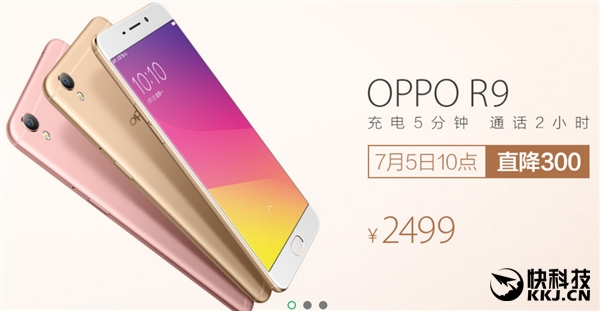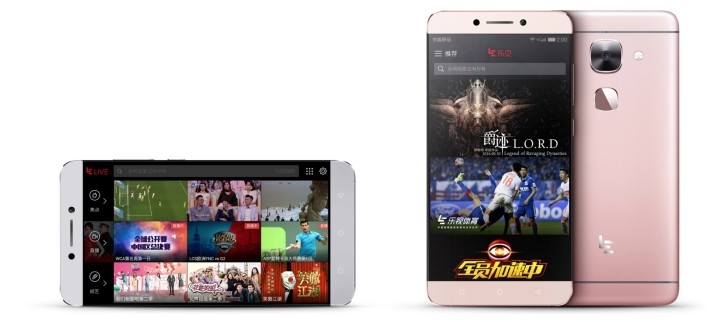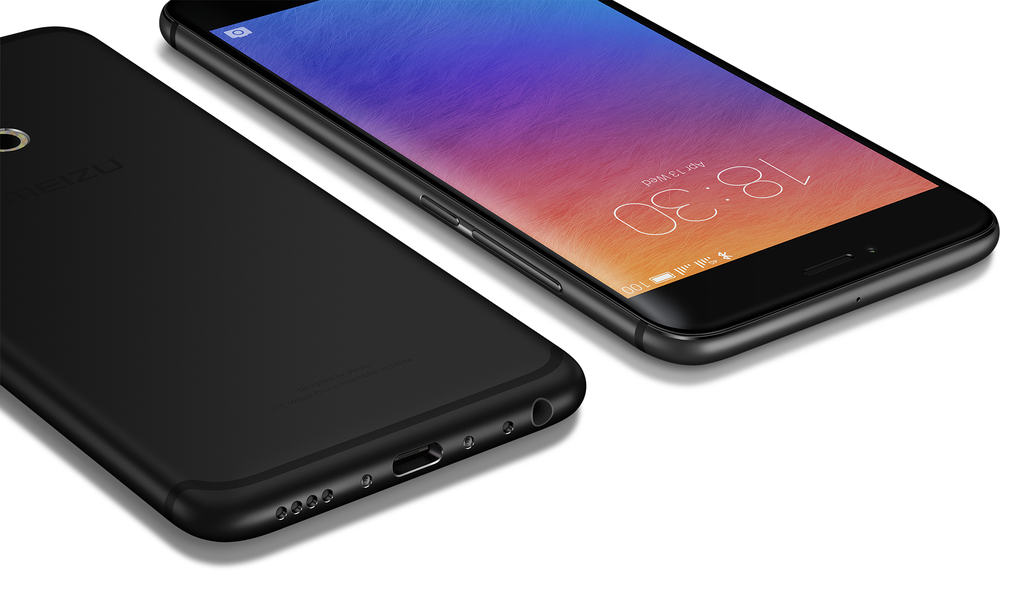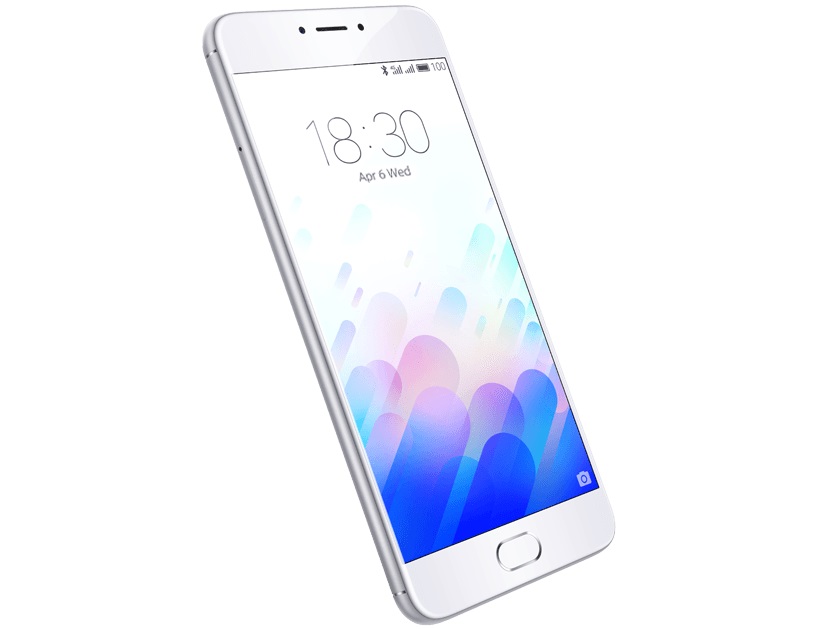Let’s be honest, CES kind of sucked this year. We heard a lot about 4K televisions and a million different kinds of wearables, but in terms of actual news related to Google’s mobile operating system, there was little out there to be enjoyed. Now that being said, that doesn’t mean the show was a complete bust. Here’s a list of five things that happened at CES 2014 that I think are really important.
01: The Sony Xperia Z1 Compact

Over the past few years, Android devices have been growing in size at a rapid clip. Today, you can’t even find a flagship Android phone with a display that measures less than 5.0 inches on the diagonal. Some people welcome the bigger screens, especially people in Korea where phablets are exploding, but what about the people that want a smartphone that can comfortably fit in their front pocket?
During 2013, we saw countless “Mini” devices hit the market, and while yes, they were smaller, they also had sub-par specifications. At this year’s CES, however, Sony decided to take the word “Mini” and throw it out the window. With “>the Xperia Z1 Compact, you can finally get high end specs in a small body. I’m talking Snapdragon 800, 2 GB of RAM, and a 20.7 megapixel camera.
Now we just have to see if people will feel comfortable spending 500 Euros on a 4.3 inch Android device when there’s an equally speced out 5.0 inch device sitting next to it for just 50 Euros more.
02: Samsung’s Galaxy TabPro and NotePro

Samsung announced four new tablets at CES this year. All of them have a Snapdragon 800 processor paired up with 2 GB of RAM. All of them have a screen that pushes 2560 x 1600 pixels. What makes them different is that the TabPro comes in three sizes: 8.4 inch, 10.1 inch, and 12.2 inch. The fourth tablet, the NotePro, is basically a 12.2 inch TabPro that comes with a stylus.
It’s hard to say anything useful about these devices since Samsung didn’t actually mention how much they’ll cost. I imagine that the 12.2 inch tablets are going to sell for quite a bit of money, making them less attractive to a lot of people. And as for the 8.4 inch TabPro, that’s a tablet I can’t wait to get my hands on, but again, if it costs more than a 4G LTE enabled Nexus 7, will people want it?
At least you have to appreciate Samsung for offering consumers so many choices.
03: LG’s G Flex comes to the USA

The LG G Flex is purely a tech demo. It’s the first flexible device that consumers have been able to purchase, assuming you lived in Korea. That’s going to change this year as LG has announced that the G Flex will come to AT&T, Sprint, and T-Mobile. This is important because we’re now going to see if people actually care about having a bendy phone or if they’d prefer a flat device.
Personally, I’ve never touched a G Flex, though I’m convinced that flexible phones will eventually become mainstream. It’s not so much that I want a screen that bends towards me as much as I want a phone that’s easier to hold. Samsung’s flexible phone, the Galaxy Round, flexes like a taco, versus the banana-phone G Flex. Without having touched either of them, I’m going to assume that Samsung’s solution actually feels better in the hand. That’s just an opinion.
Either way, congratulations to LG for getting your first-gen tech to America’s shores.
04: The Huawei Ascend Mate 2 4G

Terrible product name aside, Huawei’s new phablet is important for three reasons. First, it’s crazy high end. The 6.1 inch panel pushes 1080p, there’s a Snapdragon 800 under the hood, and there’s even a 13 megapixel camera. Second, it has a gigantic battery. So big, in fact, that you can use the Mate 2 to charge other phones. And third, the most important reason, it’s coming to two US operators. While they haven’t been named yet, the sheer fact that Huawei’s flagship phone is coming to the US says a lot.
But is 6.1 inches too big? I reviewed both the Galaxy Note 3 and the Galaxy Mega 6.3 from Samsung. Using the Note 3 felt surprisingly underwhelming because of the 5.7 inch display. I wanted bigger. Not Galaxy Mega 6.3 big, that’s for sure, but bigger none the less. Something tells me that Huawei might have found that sweet spot at 6.1 inches. Now we just have to wait and see how America takes to the phone.
05: The Hisense X1

And that’s where the X1 comes in. Not only has it been confirmed to come to the USA, but it’s also the world’s biggest phablet at 6.8 inches. Having tested the Xperia Z1 Ultra, I can tell you that 6.4 inches was way too big for me, so I’m not really sure how people are going to react to a 6.8 inch phone. Then again, remember that people who buy Hisense equipment are cost conscious. If the X1 ends up costing $299 and can act as both a tablet and a smartphone, then it’ll be a hit.
As for the rest of the specs, the X1 is no slouch. That 6.8 inch display will push 1080p, there’s a Snapdragon 800 under the hood, and there’s even 2 GB of RAM. There’s no 4G LTE connectivity, which kind of stinks if you live in the USA, but it’ll make the phone that much cheaper.
Conclusion
Yes, I know, CES 2014 wasn’t exciting, but don’t you worry, because Mobile World Congress is right about the corner. That show is dedicated to mobile, and it’s widely expected that we’ll see both Sony’s 2014 flagship phone and HTC’s One Plus there, along with some new toys from Samsung, of course.
And then there’s Google I/O in May or June. Will we see Android 5.0? Glass 2.0?









